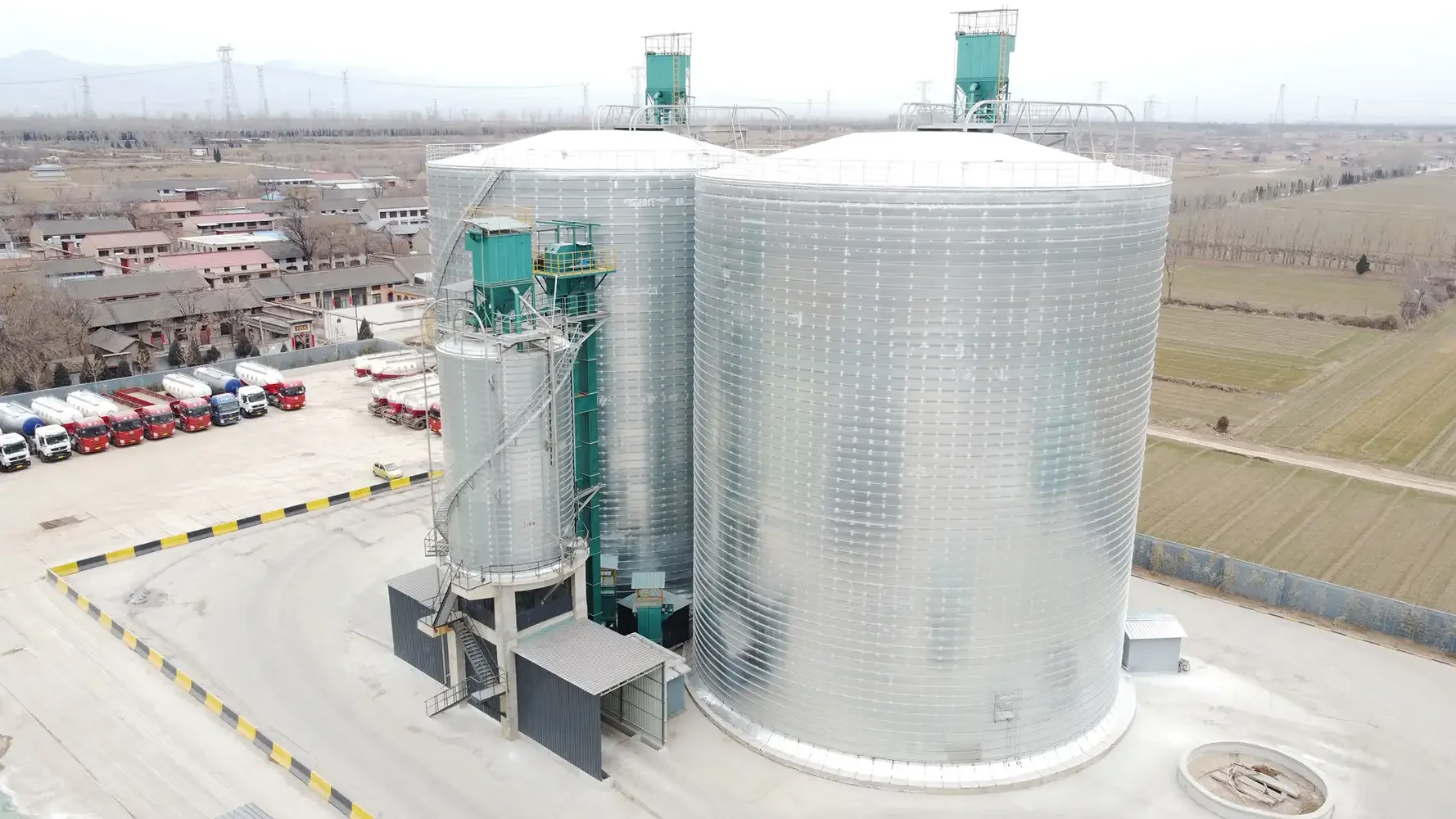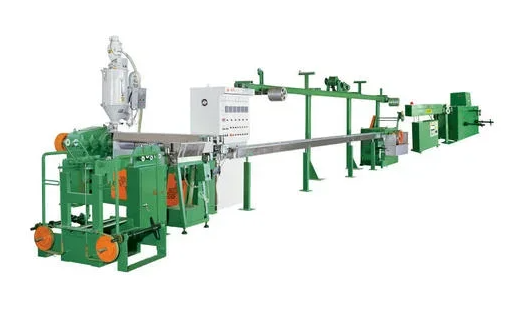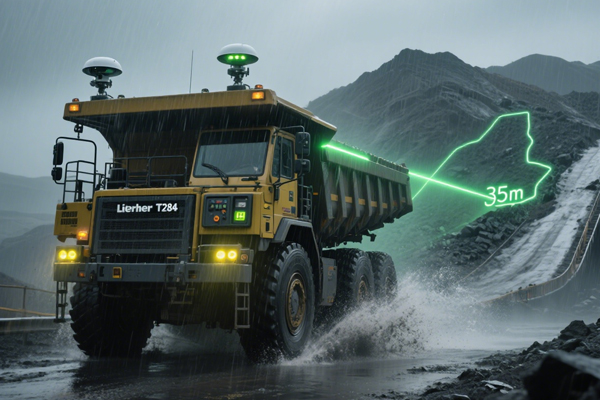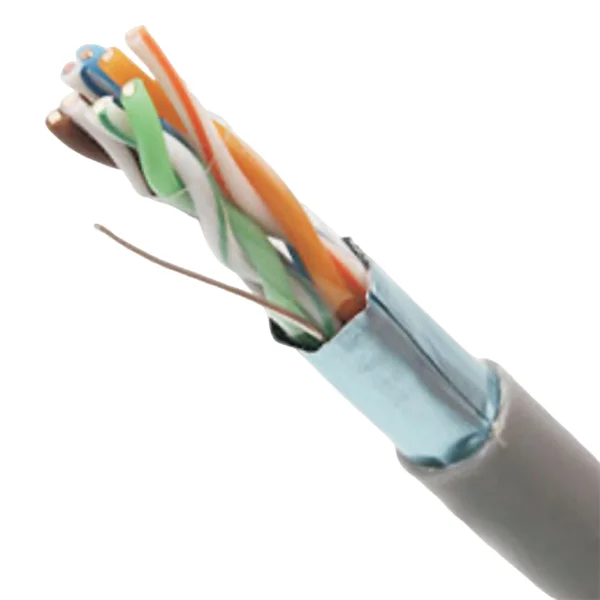Safe Structure: Engineering Stability in Mineral Powder Steel Silo Design
A mineral powder steel silo is an essential storage solution for fine particulate materials such as phosphate rock powder, kaolin, feldspar powder, slag powder, limestone powder, and iron ore concentrate. These powders are lightweight yet dense, and their fine granularity requires a storage system designed with precise structural strength and stability.
The structural modeling and calculation of a steel silo are key to ensuring long-term safety and durability. Engineers conduct detailed load analyses, considering factors like material pressure, wind load, seismic load, and internal vibration during filling and discharging. Finite element analysis (FEA) is often applied to simulate real working conditions, ensuring that every weld, joint, and reinforcement plate meets national and international safety standards.
Moreover, the cylindrical shell structure and conical hopper bottom of mineral powder silos are designed for maximum mechanical strength and load distribution. The steel plates, usually made from high-quality carbon steel or stainless steel, undergo anti-corrosion treatments such as galvanizing or epoxy coating to withstand harsh environments, especially in cement, mining, or chemical plants. In this blog post, Anyang Flyer, a high quality industrial steel storage silo manufacturing factory, will share the features of mineral powder steel silo design, its applications, etc.a
High-Quality Storage: Long-Term Preservation with Excellent Sealing
Maintaining the quality of stored powder over time requires an advanced silo sealing system. A mineral powder steel silo ensures long storage cycles through precise welding technology, airtight connections, and advanced sealing materials at joints and openings.
Powder materials like slag or limestone are sensitive to humidity and contamination. Therefore, the silo body and top cover are sealed to prevent air, dust, or rain infiltration. This not only preserves the physical and chemical stability of the stored powder but also prevents clumping and degradation.
In addition, temperature and humidity monitoring systems are often integrated into modern silo designs. These real-time sensors help operators maintain optimal conditions and quickly respond to environmental fluctuations. As a result, the stored materials maintain consistent quality, ensuring reliability for downstream production processes such as cement blending or metallurgical smelting.

Energy-Saving and Environmentally Friendly: Sealed Conveying for Cleaner Operations
Modern mineral powder steel silo systems adopt pneumatic conveying and sealed feeding technologies to ensure both efficiency and environmental protection. Traditional mechanical conveying systems can generate dust and energy waste during material transfer, while pneumatic conveying utilizes compressed air to move powder through a closed pipeline, minimizing environmental pollution and energy loss.
The sealed feeding structure eliminates dust leakage and maintains a clean working environment. This is particularly valuable in industries where air quality and worker safety are critical, such as cement manufacturing and mineral processing. The system design also complies with environmental protection regulations by effectively controlling particulate emissions.
By reducing mechanical friction and operational energy requirements, pneumatic systems lower maintenance costs and extend equipment lifespan. This energy-efficient silo solution aligns with sustainable industrial development goals, promoting resource conservation and cleaner production.
Worry-Free Discharge: Efficient Gasification for Smooth Flow
Efficient discharge is a vital factor in the performance of any mineral powder storage silo. The gasification discharge system integrated into modern steel silos ensures that fine powder materials flow evenly and continuously from the hopper bottom.
In this design, compressed air is injected into the powder layer through aeration pads or nozzles, reducing internal friction and transforming the solid material into a semi-fluidized state. This allows for smooth discharge even with difficult-to-flow powders such as ultrafine slag or kaolin.
The gasification discharge method prevents common problems like material bridging, rat-holing, or blockages, which often occur in traditional gravity-based systems. This ensures high discharge efficiency, reduces downtime, and supports automated material handling in large-scale industrial plants.
Furthermore, the discharge process can be precisely controlled to match downstream requirements, whether it involves direct feeding into mixers, conveyors, or packaging systems. This adaptability makes the mineral powder steel silo an integral component of smart factory logistics.
Comprehensive Applications of Mineral Powder Steel Silo Systems
Due to their versatility, steel silos for mineral powder are widely used in multiple industries. In cement production, they store fly ash, slag powder, and limestone powder for blending and clinker modification. In the chemical industry, they accommodate materials like kaolin and feldspar used in ceramics, paints, and refractories.
For mining operations, silos serve as centralized storage hubs for iron ore concentrate or phosphate rock powder, supporting large-scale transport and export operations. The modular design of steel silos also allows for rapid installation and relocation, which benefits temporary project sites or remote production facilities.
Their automated loading and unloading systems can be integrated with electronic weighing, level detection, and dust collection units, forming a comprehensive bulk material management platform. This enables industries to achieve high operational efficiency, environmental compliance, and digitalized inventory control.
Durability and Maintenance in Steel Silo Systems
The longevity of a mineral powder steel silo depends on the quality of materials and regular maintenance. Galvanized or epoxy-coated steel plates resist corrosion from moisture and chemical exposure. Periodic inspections of weld seams, aeration systems, and pressure valves help maintain structural integrity and performance.
Automated control systems can monitor internal pressure, temperature, and discharge flow, alerting operators to potential issues before they become critical. With proper design and care, a steel silo can operate efficiently for decades, offering excellent return on investment.
Conclusion
A mineral powder steel silo represents a modern, high-efficiency solution for bulk powder storage and handling. Its safe structure, airtight sealing, energy-saving conveying, and gasified discharge system work together to ensure reliability, cleanliness, and sustainability across industrial sectors.
By integrating intelligent monitoring and environmental protection technologies, these silos not only enhance operational efficiency but also contribute to greener, more sustainable production processes. As industries continue to pursue automation and environmental compliance, the steel silo for mineral powder will remain a key element in the future of bulk material storage and logistics.
www.flyersteelsilo.com
Anyang Flyer




